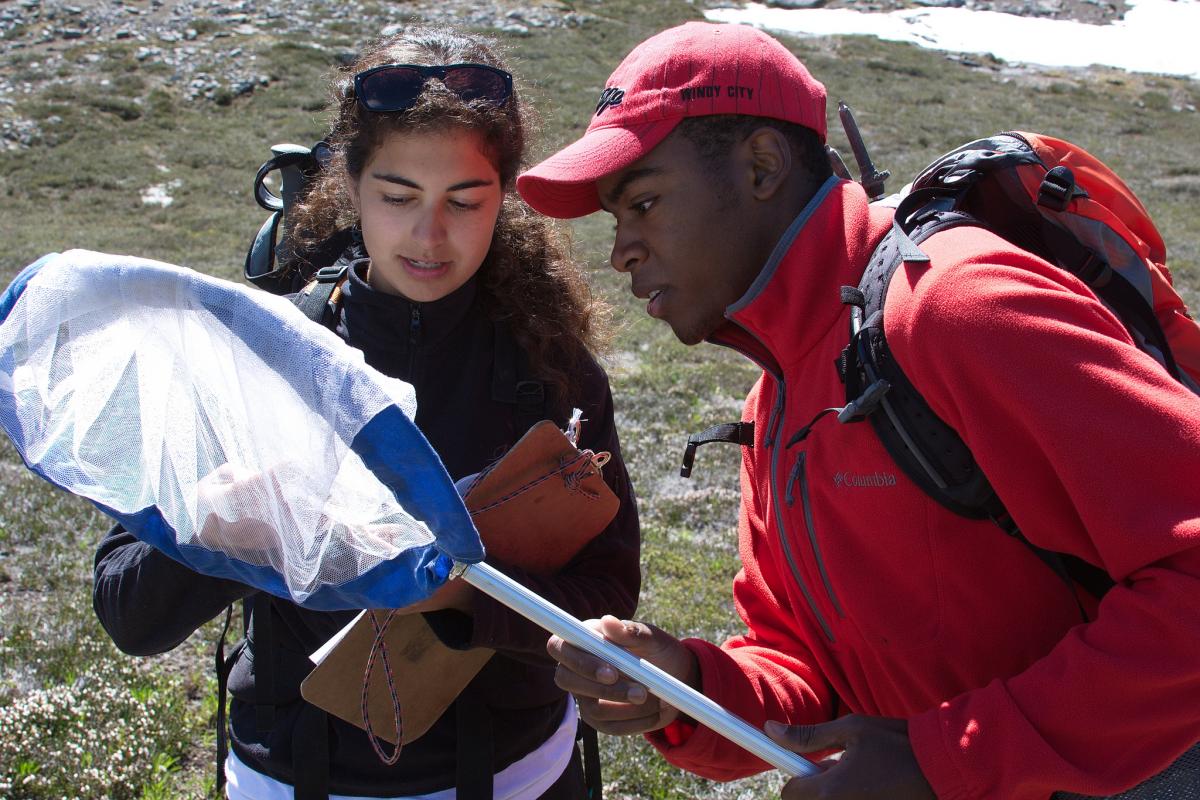STEM Learning in Citizen Science Projects and Programs
In citizen science (also known as Public Participation in Scientific Research, or PPSR) projects, non-scientists participate in the process of scientific research. They can develop new technologies for monitoring environmental quality, discover new galaxies, or analyze data to understand the impacts of climate change on birds in their neighborhood. This page provides a brief overview of resources about the intersection between citizen science and STEM learning that can be found on InformalScience.org, as well as links to other relevant resources and communities.

Examples of Funded Projects
These are some abstracts of projects that have been funded by the National Science Foundation (NSF).
- Wildlife Neighbors: Facilitated Ecological Research with Minority Youth via Camera Surveys in Urban Parks
- Engaging Rural Youth in Multidisciplinary Inquiry through Archaeology
- Collaborative Informal STEM Learning Between Researchers and Homeless Communities
- Investigating the Development of STEM-Positive Identities of Refugee Teens in a Physics Out-of-School Time Experience
- SciGirls in the National Parks: Building Positive STEM Identities in Underserved Girls in Citizen Science Programs Using Gender Equitable and Culturally Responsive Practices
- Critical Thinking and People-Place Relationships in Citizen Science
Key Resources and Research
The following articles, reports, and videos explore the role of citizen science in the STEM learning ecosystem.
- The National Science Foundation has a YouTube Channel that features citizen science project spotlights including: Crowd and the Cloud and By the wind Sailor Jellies
- The STEM Multiplex has a Citizen Science Playlist that is a collection of eleven short videos about Citizen Science projects and programs
- Learning Through Citizen Science: Enhancing Opportunities by Design (2018) - This report from the National Academies of Sciences, Engineering, and Medicine discusses the potential of citizen science to support science learning and identifies promising practices and programs that exemplify the promising practices. This report also lays out a research agenda that can fill gaps in the current understanding of how citizen science can support science learning and enhance science education
- Shifting forms of Engagement: Volunteer Learning in Online Citizen Science
- Filling Data Gaps: A Citizen Science Solution
- User experience of digital technologies in citizen science
- What do volunteers want from citizen science technologies? A systematic literature review and best practice guidelines
- Everyone counts? Design considerations in online citizen science
- Embedded Assessment Pursuits: Identifying Important, Relevant, Accessible but Hidden Skills of Citizen Scientists
- Contribution of Multimedia to Girls’ Experience of Citizen Science
- Galaxy Zoo: Motivations of Citizen Scientists
- Learning* through Citizen Science: An Aspirational Vision and Ten Questions to Prompt Reflection on Practice

Evaluation
You can learn more by reading the User’s Guide for Evaluating Learning Outcomes for Citizen Science, or see evaluation in action by browsing the following evaluation reports from citizen science projects.
- Growing Beyond Earth Evaluation Results Summary: 2016-2020
- Case Study of Aquatic Macroinvertebrates Training in Identification Using Macroinvertebrates.org
- Measuring Motivation to Participate in Online Citizen Science
- Developing a Citizen Science Model to Engage Members of Underrepresented Minority Groups Exploratory Study Final Report
- Driven to Discover Summative Evaluation Report

Professional Associations, Networks, & Platforms
- Citizen Science Association
- Scistarter
- CitSci.org
- Citizen Science Network Australia
- CitizenScience.gov
- CitSci.org
- European Citizen Science Association
Photo Credits: Nerds for Nature (CC BY-SA 2.0), Kevin Bacher (CC BY-NC-ND 2.0), Florida Sea Grant (CC BY-NC-ND 2.0)